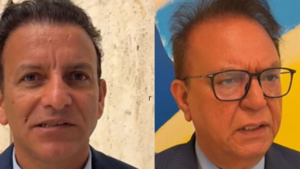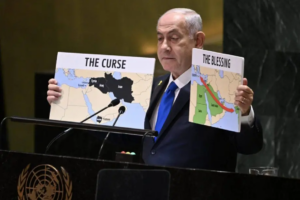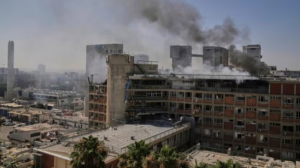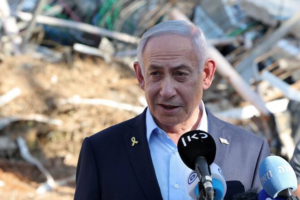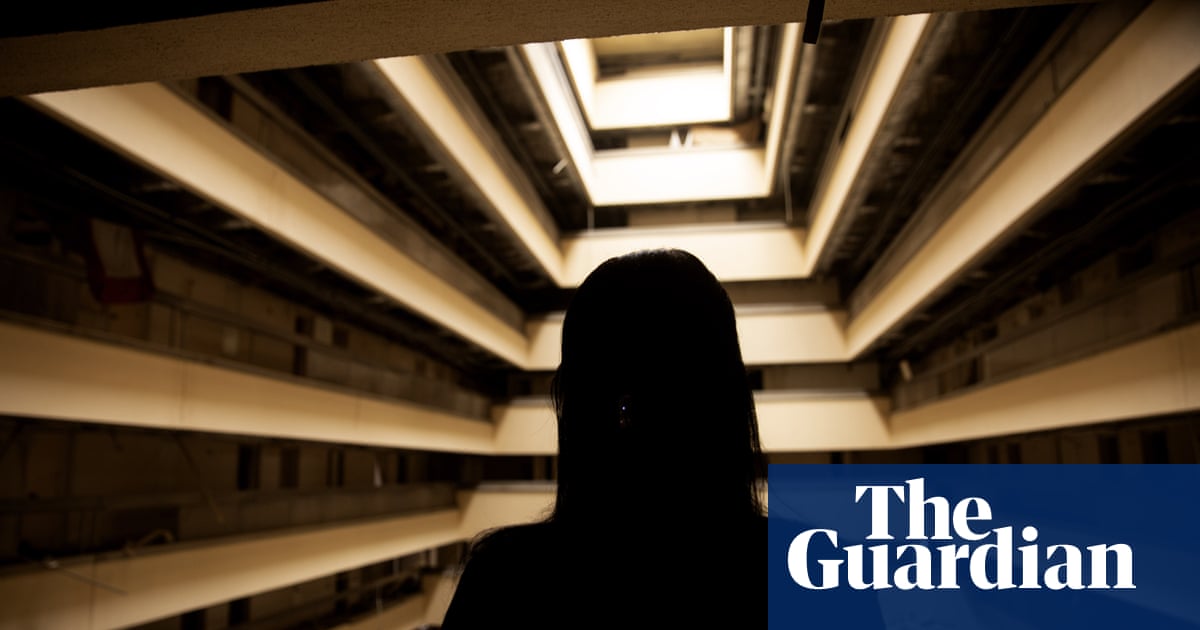
For seven years, their families waited and hoped for news. In July, they finally received it. Two young women, kidnapped by Islamic State as teenagers, had been found alive in Syria.
Salma*, now 25, was located in Deir el-Zour province, in the east of the country. She had “suffered all kinds of injustice”, said the Yazidi House in the Al-Jazira region, an organisation that assisted with the rescue of both women.
Dareen*, abducted from Sinjar – the Yazidis’ homeland in northern Iraq – when she was just 14, was rescued a week later, according to the Yazidi House.
The women rejoin their community as it marks the seventh anniversary of the genocide inflicted on it. In August 2014 Isis attacked Sinjar, killing thousands and abducting and enslaving more than 6,000 women and children.
The release of the women lends credence to reports that, although many are thought to have died in fighting or in captivity, a number of the 2,768 Yazidis missing may still be alive.
In May a social media campaign in Iraq demanded the Iraqi government do more to find missing Yazidi women.
The Yazidi House said that Salma had been moved around Syria before ending up in Deir el-Zour. This chimes with reports that, as Isis fell in 2019, while some women and children were able to escape, others were trafficked further into Syria, and to Turkey.
Some may also be living with Isis-affiliated families in Iraq. Another Yazidi woman was found in Baghdad in July, according to Háwar.help, a charity working with the community.
“A real, national programme to search for the women and children is unfortunately still missing,” says Yazidi activist Mirza Dinnayi, director of humanitarian organisation Air Bridge Iraq. There are still “only private initiatives that try to help, mainly from the families and some people who can help them”.
Photographs of Yazidis killed in 2014 by Isis militants at the Lalish temple, above the town of Shekhan, in northern Iraq, on 12 September 2019. Photograph: Maya Alleruzzo/AP
Abdullah Shrem, 46, is one such person. In 2014 the former honey seller, whose story is recounted in The Beekeeper of Sinjar by Dunya Mikhail, drew on his trade contacts to build a network of informants in Syria to rescue the kidnapped Yazidis. His first case was his niece, one of 56 family members taken by Isis, and he has since helped to rescue hundreds of people.
Shrem says that since Isis lost its territory, the missing people have become increasingly scattered, so finding them is more difficult. He knows of women held in Idlib and northern Aleppo province in Syria, he says. However, coordinating rescue operations across borders without logistical support from authorities is problematic. “One person without official backing is powerless,” he says.
“What makes it even more complicated is when these areas where the missing persons are, are beyond government control, such as in some parts of Syria,” says Alexander Hug, who heads the International Commission on Missing Persons (ICMP) in Iraq, working with the authorities to embed an approach based on the rule of law.
According to Pari Ibrahim, founder of the Free Yezidi Foundation, there have been reports of missing Yazidis in al-Hawl detention camp in Syria, which houses more than 60,000 people, mostly women, some of whom remain Isis supporters, and children. She acknowledges the difficulty of searching across the territories of Turkey, Syria and Iraq, but thinks efforts should “at least start with that camp”.
Yazidi Layla Taloo poses for a portrait in the full-face veil and abaya she wore while enslaved by Isis militants, at her home in Sharia, Iraq. Photograph: Maya Alleruzzo/AP
Access to the camp and identifying people is difficult, while some of the women do not want to return to their community, as it would mean giving up their children. Yazidi religious leaders have decreed that children fathered by Muslim Isis fighters are not welcome.
Ibrahim says it’s important such women know that “there are organisations who will leave their door open to help you”. “Yazidi women and children are afraid,” she says.
She wants more international assistance in tracking down the missing. “Where’s the outcry for those who don’t have a voice?” asks Ibrahim.
“People like to talk about these kinds of things in formal settings,” she says, “but come into the real world: who is going to help to identify where these women are? How are we going to help them get back, because they are still going through hell after seven years?”
Where’s the outcry for those who don’t have a voice?
Dinnayi hopes that greater efforts will be made following the recent passing in Iraq of the Law on Yazidi Survivors – providing for the creation of a directorate that, alongside the distribution of reparations, would cover the search for the missing – but further details are yet to be released.
After years of conflict and human rights abuses, large numbers of people are missing across Iraq, with official estimates ranging between 250,000 and one million.
However, efforts to locate missing people are carried out in an uncoordinated, ad hoc way, according to a March report from the ICMP.
“If governments would centralise the missing persons file, including the data, then that would increase the efficiency of identifying missing persons,” says Hug.
An employee from the Martyrs’ Foundation fills out a missing persons form for a Yazidi woman looking for a relative missing after the August 2014 Isis attack in Kocho. Photograph: Thaier Al-Sudani/Reuters
He emphasises the importance of DNA testing. With people spread across administrative boundaries and borders – as the Yazidis often are, with many still living in camps in Iraqi Kurdistan, and others having left Iraq altogether – obtaining DNA samples from families to identify the missing becomes harder.
The ICMP, along with other international organisations, including Unitad (the UN team investigating Isis crimes), is also supporting the Iraqi government in the excavation of mass graves, including some in Sinjar. Earlier this year, 104 men from Kocho, the site of some of Isis’s worst atrocities, were laid to rest in their village after DNA identification.
Yesim Arikut-Treece, the Free Yezidi Foundation’s clinical psychologist, says the fact that the families now have a grave to visit and “they have done all the necessary rituals for their souls”, makes a real difference.
They cannot start the grieving process. It’s like a wound that festers
There are dozens of mass graves in Sinjar yet to be exhumed, and the fate of thousands is still unknown to their families. “Until they know for sure, they cannot start the grieving process,” Arikut-Treece says. “It’s like a wound that festers.”
She recalls one woman she worked with whose brother and sister were still missing six years after the genocide. “She had children, her husband … a lot of valuable things in her life, but she was unable to get on with her life because of the guilt. You know, I am here, where are my siblings? What happened to them?”
Yazidi children learn in Khanke IDP camp, Iraq, on 14 September 2019. Thousands of women and children were taken captive by Isis. Photograph: Maya Alleruzzo/AP
She was still wearing her mourning headscarf, long past the customary period and would not attend weddings or festivities. Arikut-Treece says her grief was “unending”.
For Shrem, 42 of his relatives have returned but 14 are still missing. It is why he won’t return to his village in Sinjar. “I have no courage to live there with all the sad memories of my brother and sisters.”
For the two women found in July and their families, there is now some relief. Salma has been reunited with her relatives in Sinjar, ending an absence of seven years. Dareen is waiting to return.
“There’s always a gap in our people’s hearts,” Ibrahim says. “And there’s no way to fill that.” But she also has hope. “I hear of stories of Yazidi women surviving, and women that we treat are surviving. I want to stay optimistic. Because through optimism, we create a voice that never dies, even if the missing are unable to speak.”
*Names have been changed
Translated by Qatrinnada Rawi


